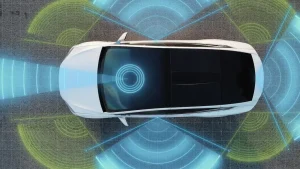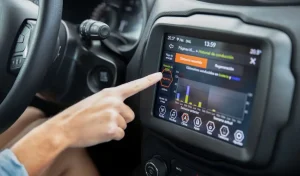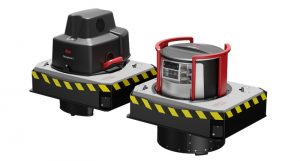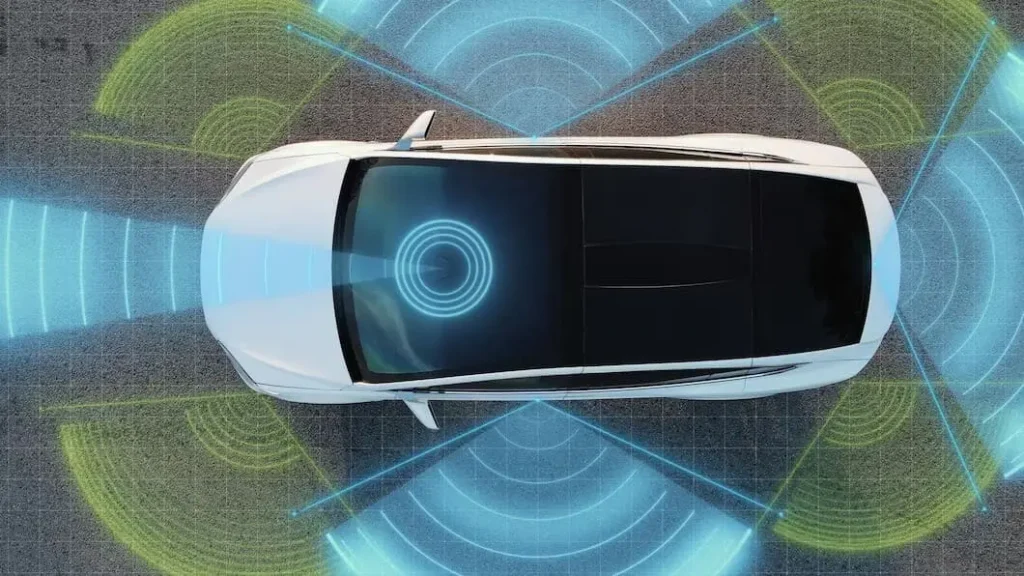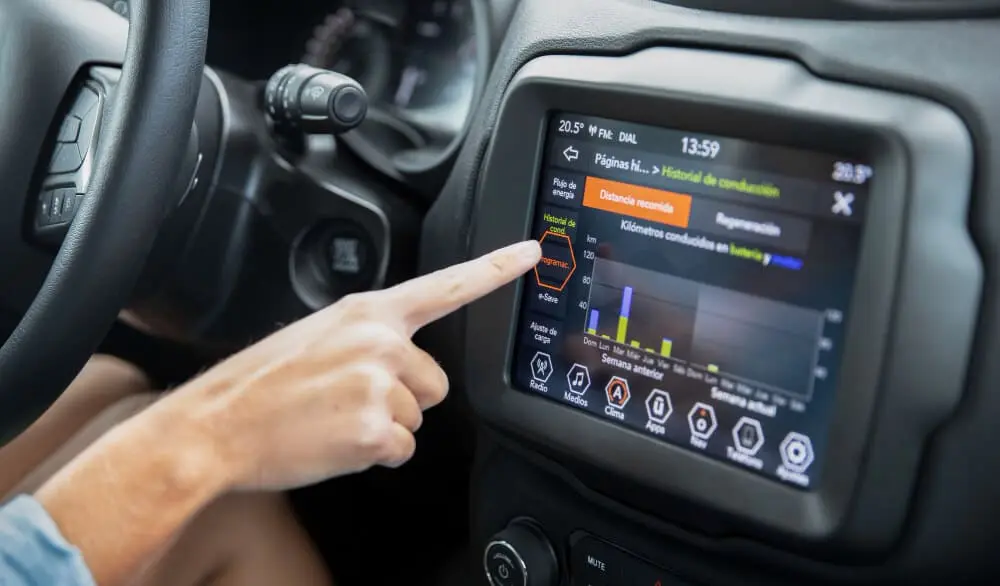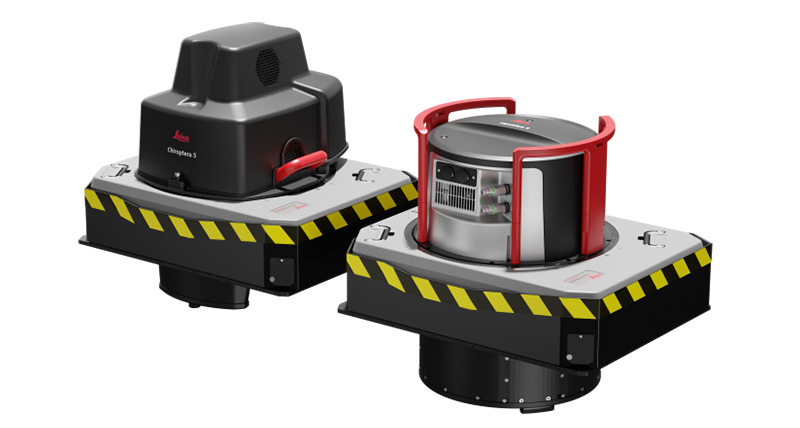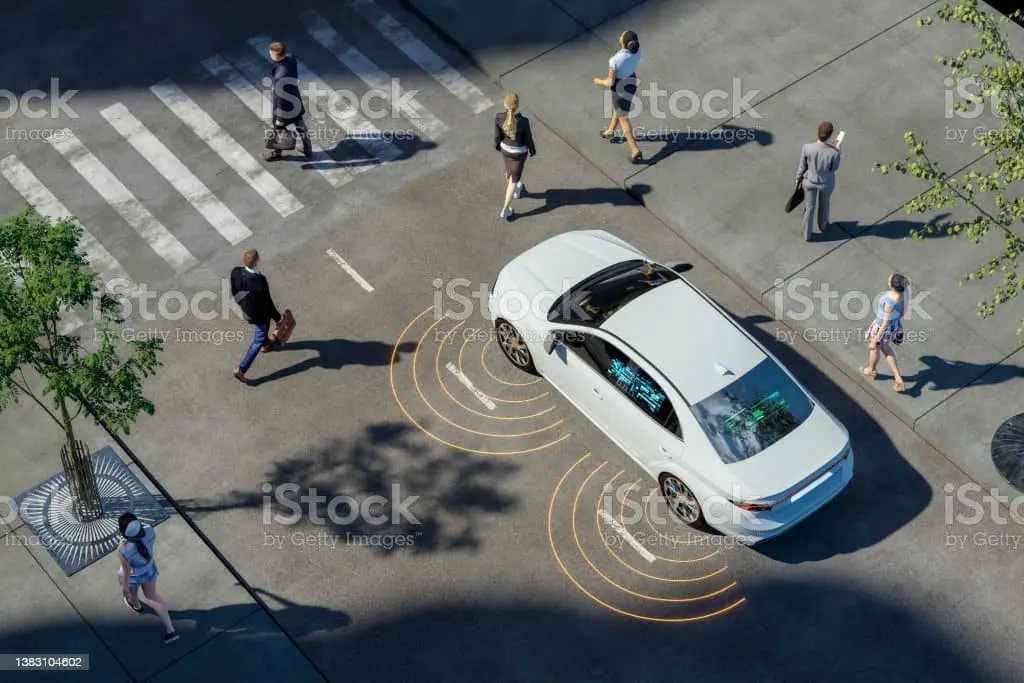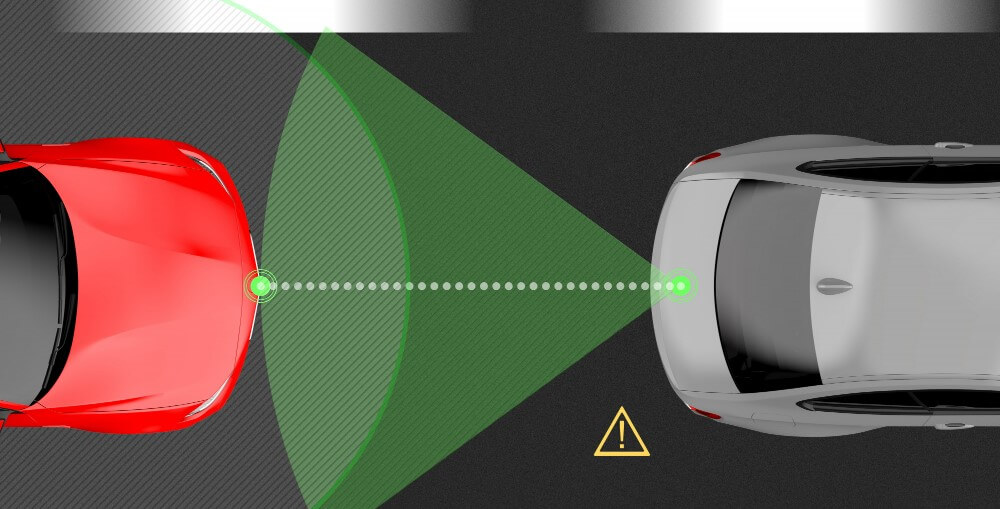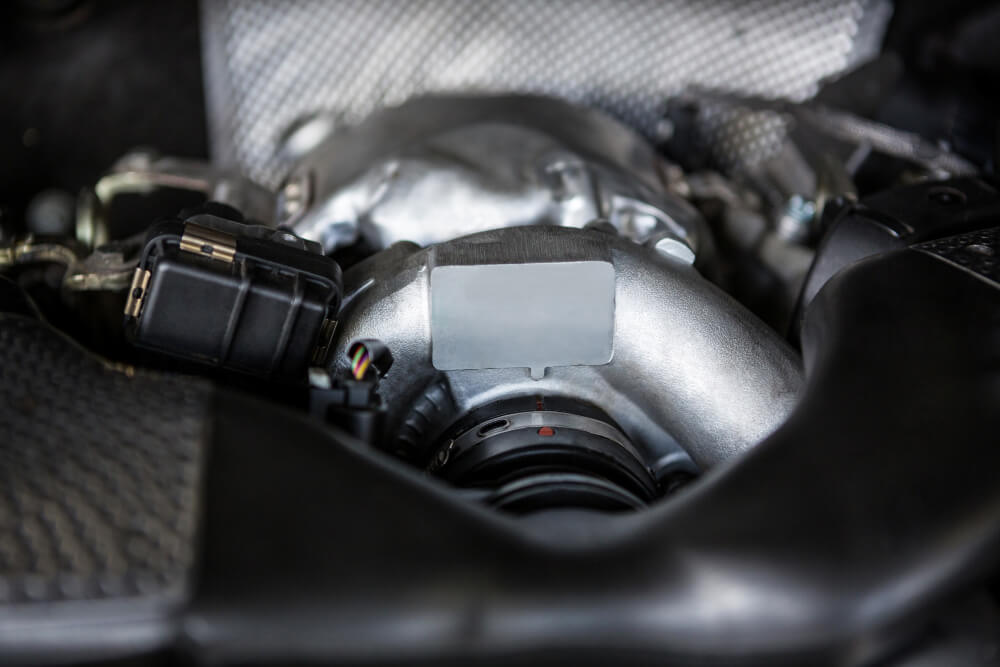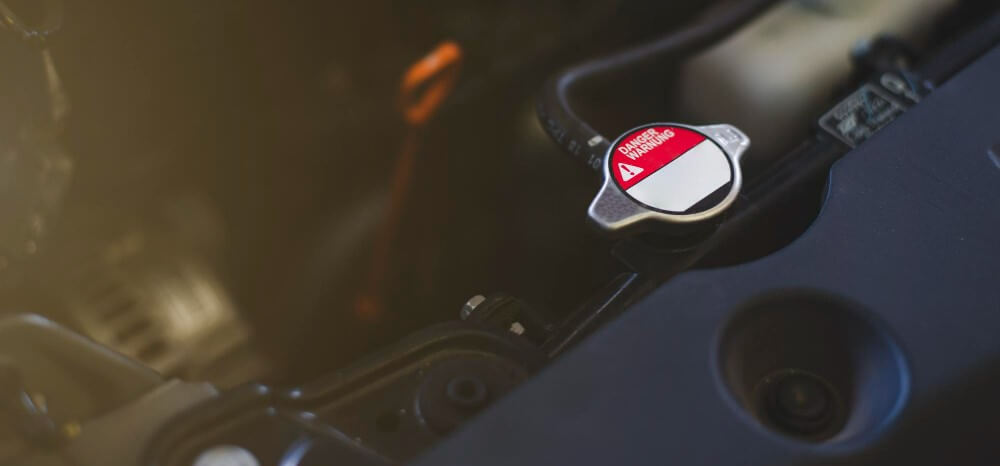Fiber laser LIDAR technologies are becoming increasingly important in today’s world for various applications. LIDAR-based mapping and sensing technologies are widespread across multiple industries, from self-driving cars to robotics to drones that are autonomous. Fibre laser LIDAR technology has become a vital part of many industries.
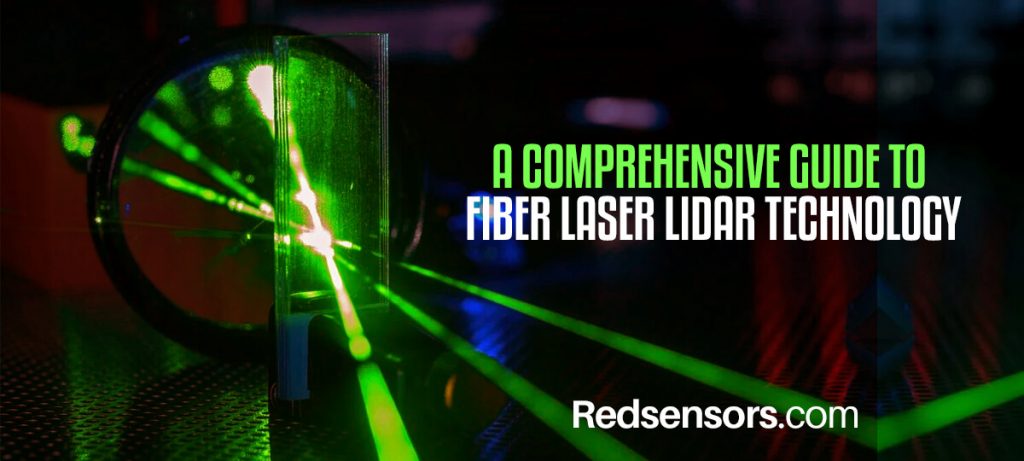
It operate differently than traditional LIDAR because it uses high-power pulsed fiber lasers as the light source instead of traditional lasers.
A laser with this kind of power can deliver much more power, increasing accuracy, range, and resolution.
This blog post will take an in-depth look at fiber laser LIDAR technology, exploring its advantages, applications, and use cases.
Fiber laser technology is also used to create 3D images of environments, how the data is processed, and its advantages and disadvantages.
Principles of Fiber Laser LIDAR Technology
Laser scanning, or LIDAR for short, is an optical remote sensing technology that illuminates a target with light, often pulses, to measure distances or other properties.
There have been many applications developed using that technology, not the least of which is autonomous vehicles.
Using this technology, autonomous cars can make decisions based on information they collect about their surroundings.
Using LIDAR data, it is possible to perform various tasks, including obstacle avoidance and navigation.
The laser beams it emits measure distances and other properties of obstacles such as walls and barriers in its vicinity.
Benefits of Using Fiber Laser LIDAR
We have revolutionized distance and terrain measurement with fiber laser LIDAR. This innovative technology is highly accurate, cost-effective and provides a heightened level of safety. We have a wide range of industries that can benefit from it, from surveying to automotive.
Here are some of the key benefits of using fiber laser LIDAR:
• Highly accurate – The laser beam emitted by the LIDAR system is incredibly precise and accurate, allowing for capturing minute details in terrain and terrain features.
Accuracy of this level allows one to map the land, build models of terrain features, and even track objects in motion.
• Cost-effective – Fiber laser LIDAR is an extremely cost-effective technology, making it the ideal choice for a cost-effective and efficient solution for businesses.
Laser beams allow for more precise measurements and faster data acquisition than traditional radars.
The price of Fiber laser LIDAR has also decreased significantly in recent years, making it more affordable for businesses.
It is affordability makes it a great option for many businesses to rapidly and accurately generate the data they need.
Applications of Fiber Laser LIDAR
LIDARs with fiber lasers can be used for mapping, range finding, remote sensing, weather monitoring, and pollutant monitoring, among other things. Many industries can benefit from its high-power laser and versatile optics.
Mapping is one of the most common applications of fiber laser LIDAR. The technology is particularly useful in surveying inaccessible or hazardous areas and creating three-dimensional urban environment models.
Furthermore, laser range finding allows for high-resolution surveying of challenging terrain due to its accuracy.
It is also used for range finding, where the laser is used to measure the distance between the sensor and a target.
Challenges and Limitations of Fiber Laser LIDAR
Fiber laser LIDAR provides a powerful tool for rangefinding, imaging, and obstacle avoidance, but it also has its challenges and limitations.
One of the main challenges is the cost associated with the technology, as fiber laser LIDAR systems are expensive and require significant expertise to operate.
Fiber laser LIDAR systems also require alignment and adjustment of their optics to achieve optimal results, making setup and maintenance more complicated.
The quality of the data fiber laser LIDAR is capable of capturing is also limited as the device is best suited for short- and mid-range applications and cannot penetrate most solid objects.
Current and Future Trends in Fiber Laser LIDAR
Fiber laser LiDAR is a rapidly developing technology transforming how we view and explore the world around us.
It is becoming increasingly important in autonomous vehicles, robotics, 3D mapping, and security surveillance sectors. As technology advances, it is important to stay informed of the most current and future trends in fiber laser LiDAR.
Currently, the primary trend in fiber laser LiDAR has improved miniaturization and weight reduction of components. It is particularly beneficial for automotive and robotics applications as it allows for greater portability and versatility.
Additionally, LiDAR systems are becoming cheaper and more widely available, enabling the wider implementation of the technology in various industries.
To conclude,
Fiber laser LIDAR technology is an exciting new development in the field of laser sensing, offering a faster, more efficient, and more cost-effective way to measure or map the environment.
It’s a great tool for applications like autonomous driving, 3D object detection, and 3D mapping, and with its versatility, accuracy, and affordability, it’s sure to make a big impact in the future.

